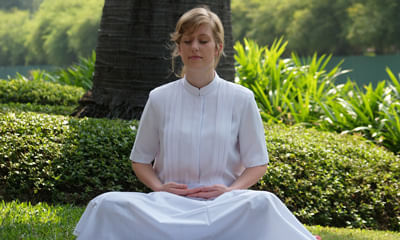Nipple Pain And Discharge
Discharge from nipple (galactorrhoea)
Secretion of milk-like discharge from one or both breasts unrelated to childbirth is called galactorrhea. Nipple discharge is most often due to a benign process. This common breast problem has been reported in 10 to 15 percent of women with benign breast disease and in 2.5 to 3 percent of women with breast cancer. There are generally two different types of nipple discharge
Non-spontaneous
Occurs when the breast is manually squeezed, can happen to any woman and is usually not concerning.
Spontaneous discharge
Which spots on the clothing, should be evaluated by a physician and may warrant further testing.
Evaluation
Physiologic discharges
Characterized by discharge only with compression and by multiple duct involvement. These discharges are frequently bilateral. With either type, the discharge fluid may be clear, yellow, white or dark green.
Pathologic discharges
Spontaneous, bloody or associated with a mass. These discharges are usually unilateral.
Causes
- excessive production of milk-stimulating hormone prolactin by pituitary problems, malfunction of hypothalamus.
- menstrual problem such as amenorrhea problems with cervical part of spine.
- drugs such as oral contraceptives, tranquillizers, and diuretics.
- neurological problems such as shingles,
- breast cancer
- athletes may experience small amounts of galactorrhea from constant rubbing of the nipples against clothing. Frequent sexual stimulation of the breasts may have similar effects.
Probable diagnosis
- milky discharge: may be due to physiological (lactation); oral contraceptives; galactorrhea
- bloody discharge: may be due to intraductal papiloma; intraductal cancer; malignancy; duct ectasia; fibrocystic disease.
- purulent discharge: may be due to infection
- serous or sticky discharge: fibrocystic disease
- discharge from the surface of breast is seen in paget’s disease;
- skin diseases such as eczema and psoriasis; rare causes such as chancre may also cause discharge.
Self care
- stimulation of the nipple (i. E, squeezing to check for discharge) actually promotes discharge; patients with a physiologic discharge should avoid checking for discharge. A physiologic discharge often resolves when the nipple is left alone.
- all patients with spontaneous or unilateral nipple discharge needs surgical evaluation. This is true for patients with bloody discharges and for those with clear or serous discharges.
Homeopathic symptoms and cure
Homeopathic remedies are prescribed on the basis of symptoms rather than conditions, as each case of a particular illness can manifest differently in different people. There are many symptoms which can be effectively treated by homeopathy few symptoms are given below.
. Nipples sore and fissured, intense suffering on putting child to breast, pain starts from nipple and radiates all over body. Breast feels like a brick, lumpy and nodular.
. Premenstrual breast congestion in women with abundant periods, weight gain and nervousness before the period.
. Cyst in the breast, hard and painful but, itchy, with stitching pains in the nipple. Discomfort worse just before and after the period; woman wants to press breasts hard with hand.
. Bluish-red lumps in the breast, with gradual loss of fatty tissue, and tendency to feel hot all the time.
. Intensely sensitive nipples, sticking pains, like a splinter, cracks, nipples discolored.
. Nipples inflamed and very tender, can hardly bear the pain of nursing, intolerant of pain: “cannot bear it!” very irritable.
. Sore nipples with dry hard deep cracks on it. Dry itching and crusty.
. Cheesy and offensive discharge from nipple.
. Deep sore cracks across crown of nipple.
For proper diagnose consult a homeopath. Start treatment to get rid of these problems.
breast pain


+1.svg)
